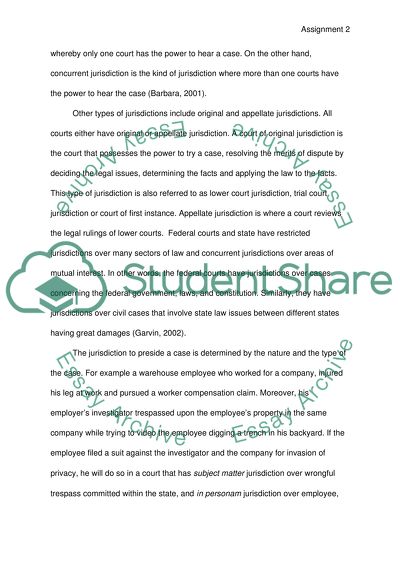Cite this document
(“Jurisdiction Essay Example | Topics and Well Written Essays - 2750 words”, n.d.)
Jurisdiction Essay Example | Topics and Well Written Essays - 2750 words. Retrieved from https://studentshare.org/miscellaneous/1522649-jurisdiction
Jurisdiction Essay Example | Topics and Well Written Essays - 2750 words. Retrieved from https://studentshare.org/miscellaneous/1522649-jurisdiction
(Jurisdiction Essay Example | Topics and Well Written Essays - 2750 Words)
Jurisdiction Essay Example | Topics and Well Written Essays - 2750 Words. https://studentshare.org/miscellaneous/1522649-jurisdiction.
Jurisdiction Essay Example | Topics and Well Written Essays - 2750 Words. https://studentshare.org/miscellaneous/1522649-jurisdiction.
“Jurisdiction Essay Example | Topics and Well Written Essays - 2750 Words”, n.d. https://studentshare.org/miscellaneous/1522649-jurisdiction.


